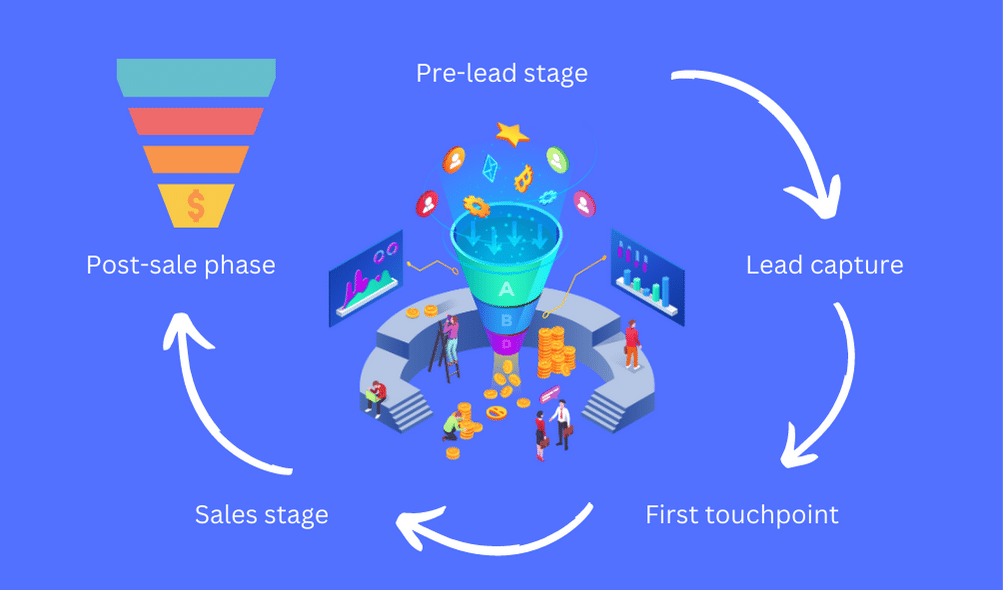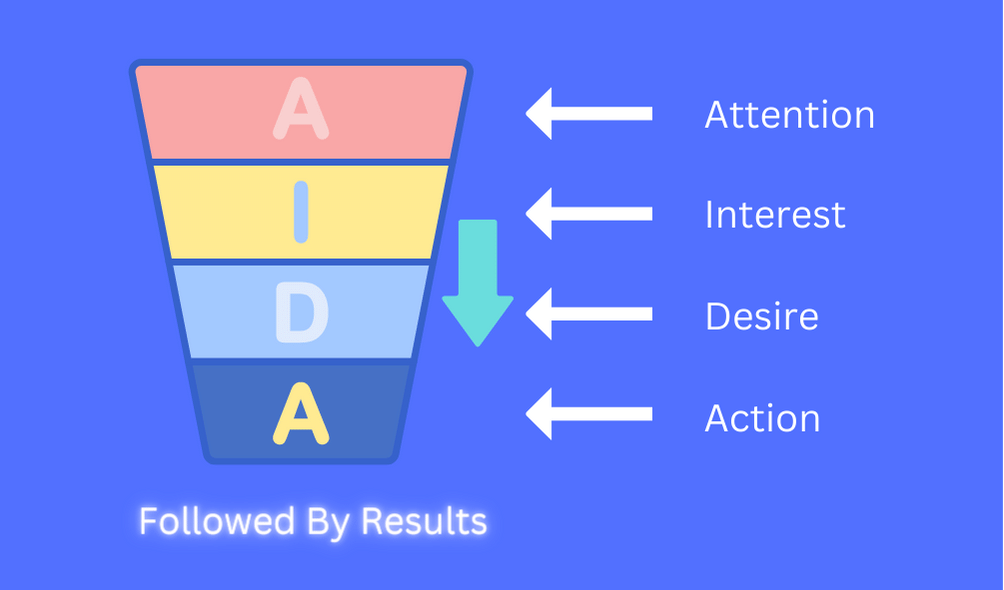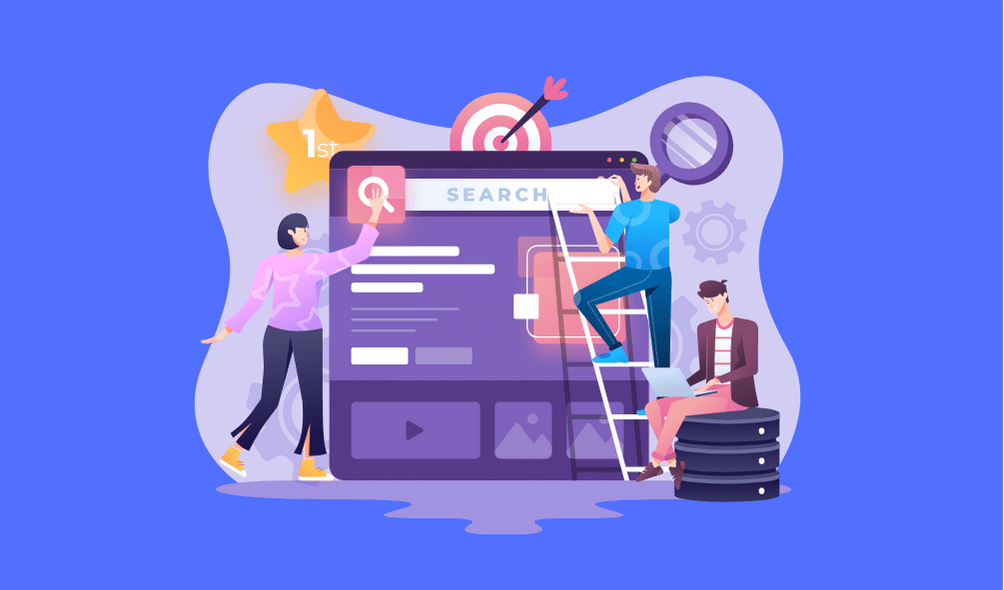Are you struggling to generate leads and convert them into customers for your business?
A sales funnel is a powerful tool that can help you to understand and guide your potential customers through the buying process, ultimately leading to increased conversions and revenue for your business.
Imagine having a clear, step-by-step process in place that takes your leads from initial awareness to final purchase, resulting in higher profits and sustainable growth for your business.
Don’t miss out on this opportunity to learn the ins and outs of creating an effective sales funnel.
This blog post will take you through a sales funnel journey so you can understand its benefits.
What is a sales funnel?

A sales funnel is a sequence of actions created by a brand to market a certain product or service. This sequence is customer-centric and is aimed to make a person into a paying customer.
A sales funnel helps businesses increase the number of leads they receive through effective lead generation.
The basic concept is to convert potential customers into paying customers by moving them through a series of steps (or “funnel”) until they reach your sales team or purchase destination.
A sales funnel can help businesses sell more products or services.
It’s a simple yet effective way to convert leads into customers, and it can be used by both small and large businesses.
In addition, a sales funnel can also be used to measure the success of a marketing campaign.
With automation, businesses can track the progress of leads through various steps in the funnel, and see how well they’re converting.
This information can help businesses make adjustments to their marketing tactics, or even change course entirely if needed.
The Cycle of a Sales Funnel

1. Pre-lead stage:
In this stage, potential customers are exposed to your product or service online or through other means.
This can include content marketing, advertising, and social media outreach.
2. Lead capture:
As leads come in via pre-lead activity (or from past customer activations), you need to capture their contact information so that you can follow up with them and convert them into paying customers
3. First touchpoint:
At this point, the lead has been contacted but hasn’t yet agreed to buy from you—this is where your sales team comes in.
They’ll work to close the sale, and may need to provide additional information or product demonstrations
4. Sales stage:
Once the customer has agreed to buy from you, they enter into the “sales stage” where you sell them your product or service at a markup.
This can include providing demos, training materials, and other support
5. Post-sale phase:
After the customer is finished with their purchase, they enter into this final phase where you keep reminders of what they’ve bought, as well as track any return rates/ cancellations.
A funnel analysis can help businesses identify where they’re losing sales, and adjust their marketing efforts accordingly.
For example, if a high percentage of leads are captured but not converted into customers, you may need to tweak your lead capture tactics or even change the product you’re selling in order to improve results.
The 5 Ideal Stages of a Sales Funnel

Now that we have understood the cycle of a sales funnel, let’s understand the psychology that goes behind a funnel.
I’ll be talking about 5 important stages that must be there in your funnel for the best possible outcome in terms of your sales goal. Whether it may be selling a product or landing a client for a service.
1. Awareness
The first stage is awareness.
In this phase, you need to first make a user aware of your brand. What is your brand all about? What does your brand have to offer?
You can gain an audience through multiple methods in the digital world.
These include paid advertisements, blogging, content marketing (writing articles that attract attention), writing great and catchy copy on a webpage, social media promotion and even influencer marketing!
There are multiple ways of getting people to hear about your brand. So go out there, make noise and spread awareness!
2. Interest
The next Stage is the Interest stage.
In this phase, you need to help the user feel interested in what you have to offer.
You need to explain how your product or service will benefit the user. Aim to explain how valuable your product or service can be to them.
You can do this by providing informative content that’s interesting and helpful for them, as well as by drawing attention to your brand with creative and clever marketing techniques.
Also, try to focus on creating a relationship with your potential customers in order to keep them interested and keep them listening.
3. Desire
Now it’s time for the meat of the funnel – your desired outcome!
In order to get users to desire what you’re selling, they need to be convinced that there is value in it for them (or their business).
This could involve showing evidence or proof of how your product has helped others in the past or how it can be extremely beneficial for the reader.
You can also use creative advertising and marketing to make your product look appealing and irresistible to potential buyers
In this stage, it is essential that the mindset of the potential customer has changed. They must have the urge to buy the product. Instead of saying “I like this,” you should change it into an “I need this.”
4. Action
This is the fun stage of the 5 stages.
In this stage, the user knows about your brand.
The potential customer also knows how your business can help benefit him/her and is willing to make a purchase decision.
You need to take advantage of this by driving users towards buying your product/service.
You need to drive that potential customer by giving them reasons to buy.
This could be anything from discounts, free shipping or other offers that will make it more convenient for them to purchase what they need.
Make sure your call to action makes your potential customer into an actual customer.
5. Result and Post Purchase
And finally, the result! Once the user has made a purchase and is enjoying your product/service, you want to ensure that they keep coming back and recommending your business to others.
This can be done by providing quality customer service, keeping up with trends so that you’re always keeping users updated on new developments in your industry and creating an experience that sets you apart from the competition.
Make sure you have an email list, social media platforms and other marketing channels in place so you can keep in touch with potential customers.
And finally, make sure you track and analyze your results so you can continue to improve upon what works for your business.
By following these 5 stages, you’ll be on your way to creating an effective sales process that will help you attract new customers and keep them coming back for more.
With a sales funnel, you will be able to increase sales and drive more people into your funnel for future purchases!
Benefits and Importance of a sales funnel to sell products

There are many reasons why you would want to create a sales funnel. Here are just a few:
1. Increases Conversion Rates(how often leads become customers)
Conversion rates can be increased through effective marketing and design of your sales funnel, as well as by providing quality products and services that meet users’ needs.
A well-designed sales funnel will guide people through an organized process from finding what they need to buy to checkout and payment, all the way through to conversion into a paying customer.
This means fewer lost opportunities for selling products or services!
2. Brand Awareness and Trust
By driving more people through your sales funnel, you’re increasing the chances that they’ll learn about your brand and consider buying from you in the future.
Building trust with your customers is essential for long-term success.
By following a defined process and closely tracking customer interactions, you can create a trusting relationship that will encourage them to return and buy from you again in the future.
3. Reduced Marketing Costs:
By automating the sales process, you’ll be able to reduce your marketing costs by focusing on higher-value activities that will generate more revenue.
This can include things like creating content that’s relevant to your audience, driving traffic to your website from organic so
4. Track Results
A well-designed sales funnel will help you systematically generate leads, nurture them until they’re ready to buy, and then ensure that customers stay loyal to your brand.
By following a defined process from lead generation through sale and beyond, you’ll be able to better track your progress and make improvements as needed.
If you’re able to see which steps in the sales funnel are working best, you can tweak your approach accordingly.
This information can help you improve customer retention and marketing efforts overall.
Getting Traffic to Your Sales Funnel:
1. Website Content(SEO)

Writing high-quality website content is one of the most important steps you can take to attracting organic traffic and driving traffic to your sales funnel.
By creating compelling and interesting blog posts, guest posts, and articles that highlight your product or service, you’ll be able to attract interested leads from all areas of the web.
2. Social Media

Building a strong social media presence is one of the most effective ways to connect with your target market and drive traffic to your sales funnel.
Using effective marketing strategies like blogging, podcasting, and social media marketing, can help you increase brand awareness and build relationships with potential customers.
3. Paid Advertising

Paid advertising is an extremely cost-effective way to reach a large audience quickly.
By targeting specific demographics with targeted ads, you can generate leads from within your target market without spending a lot of money upfront.
4. Targeted Email Marketing

Email marketing is another effective way to connect with your target market and drive traffic to your sales funnel.
By using email templates and lead-capture forms, you can track leads and contact them directly when it’s most important for them.
Conclusion
In conclusion, developing a strong sales funnel is crucial for any business.
By increasing website traffic and driving leads through targeted advertising, you can increase your chances of success and grow your business exponentially.
Learned something new from this blog? Let me know in the comments below!
